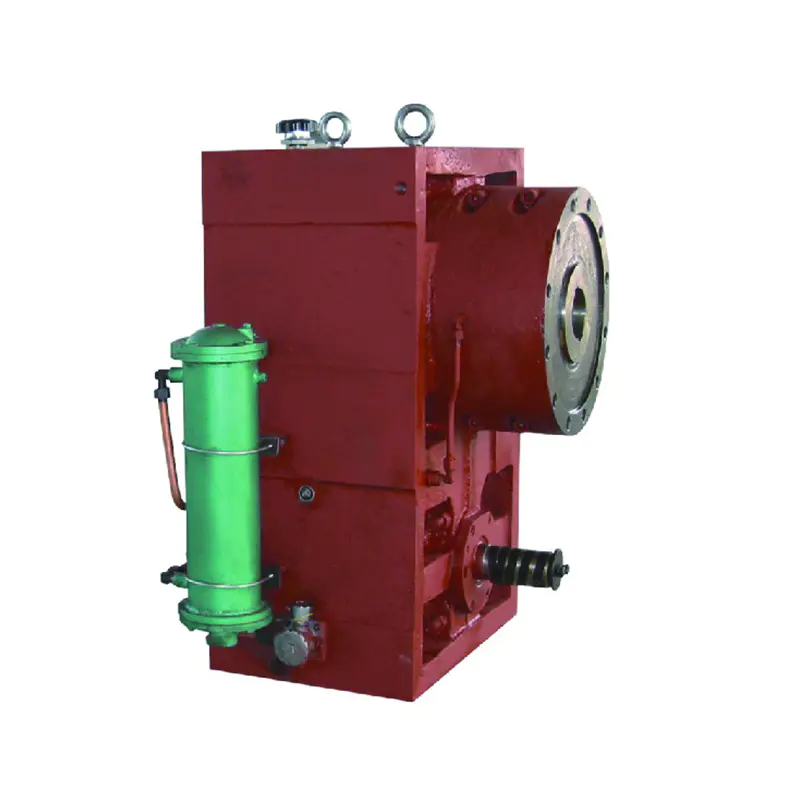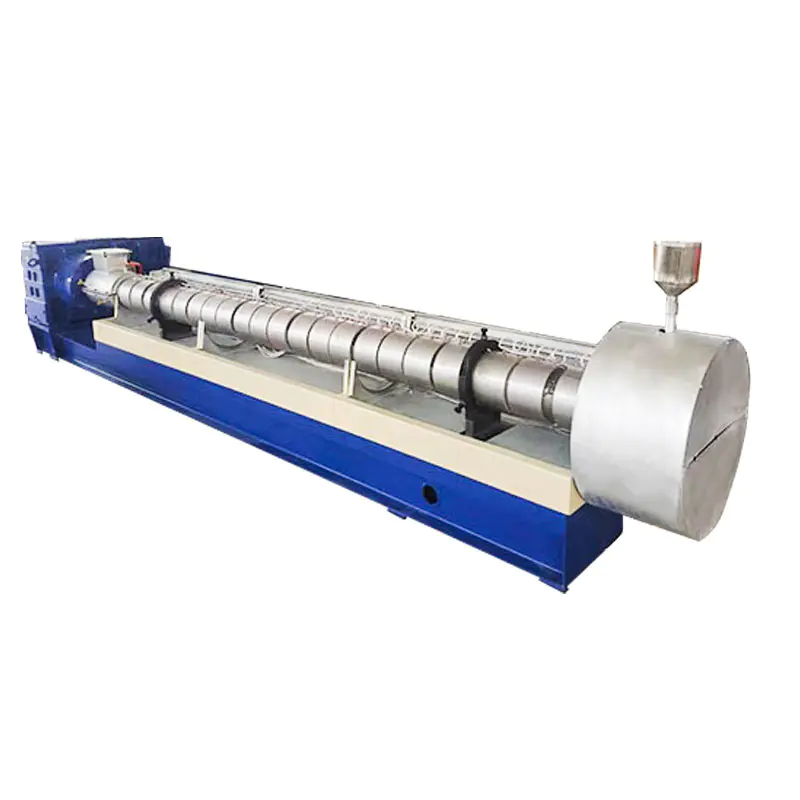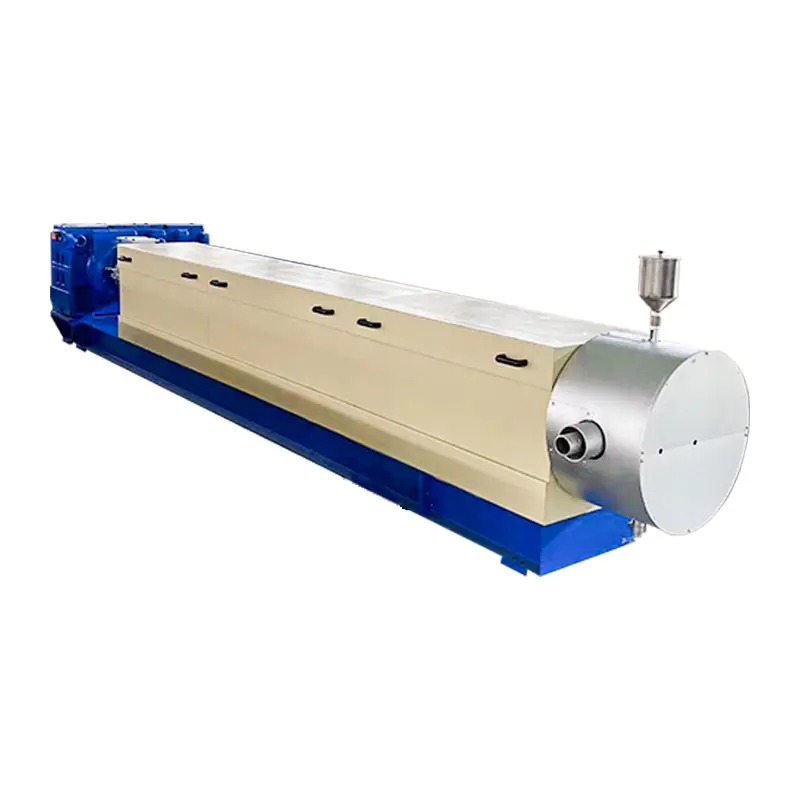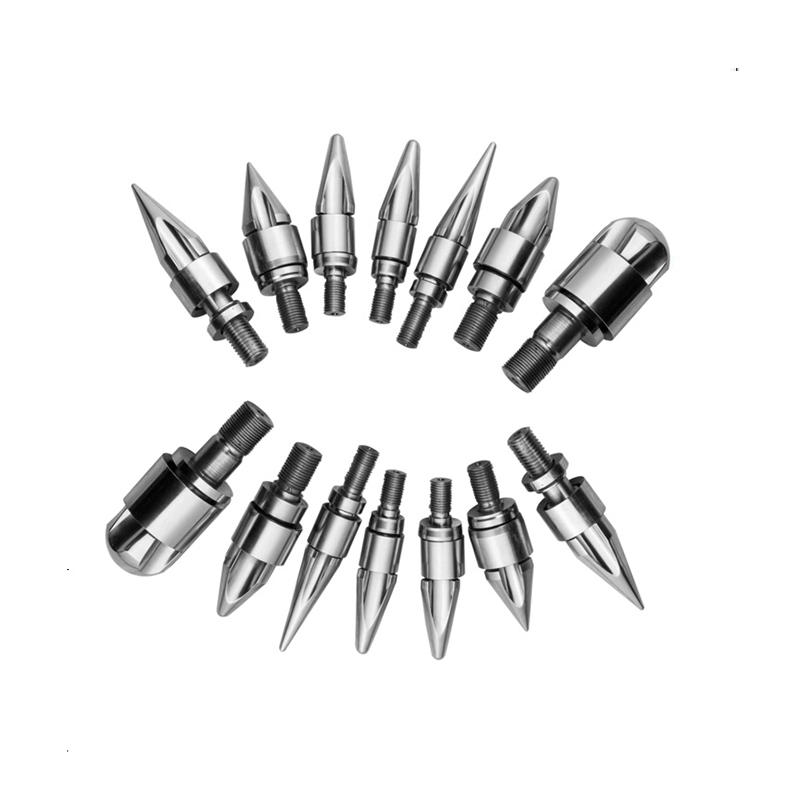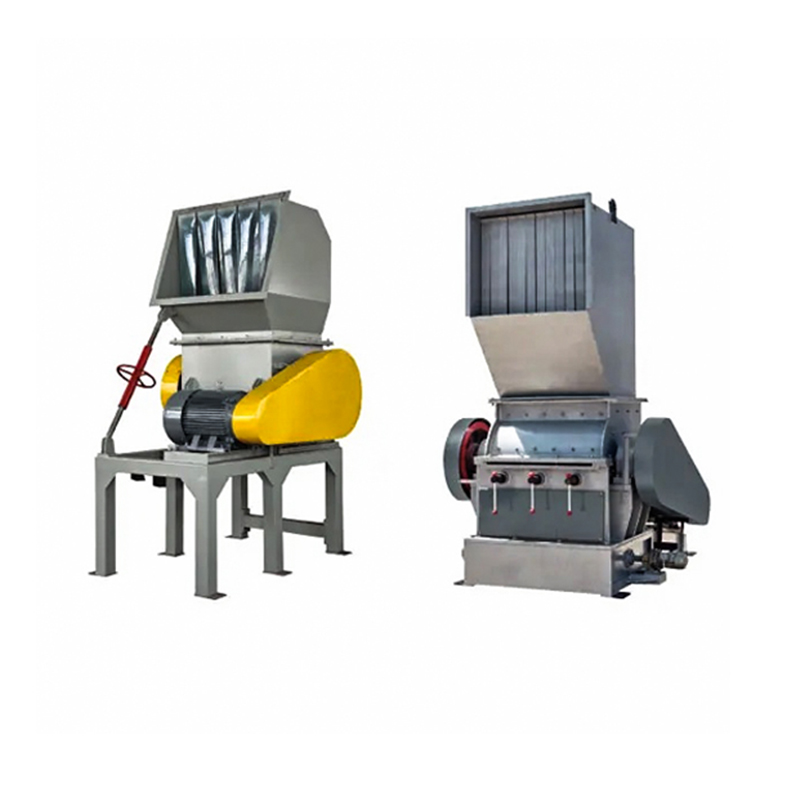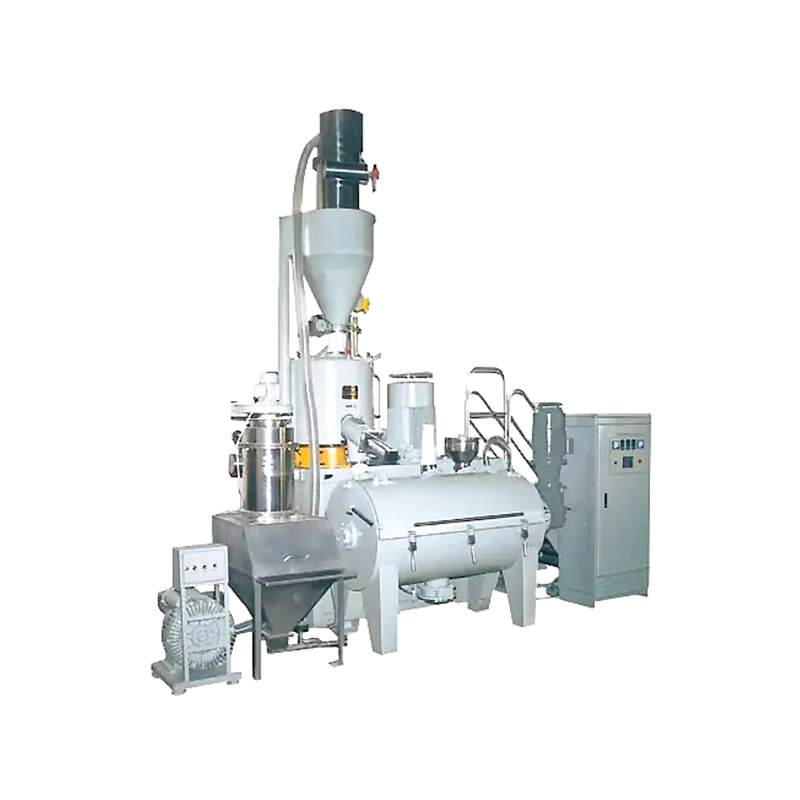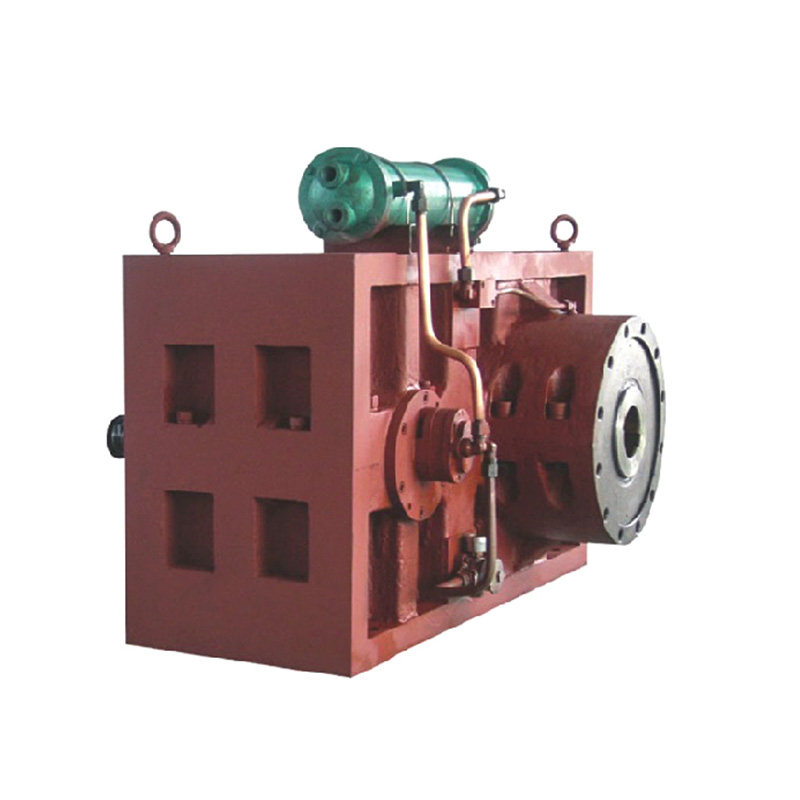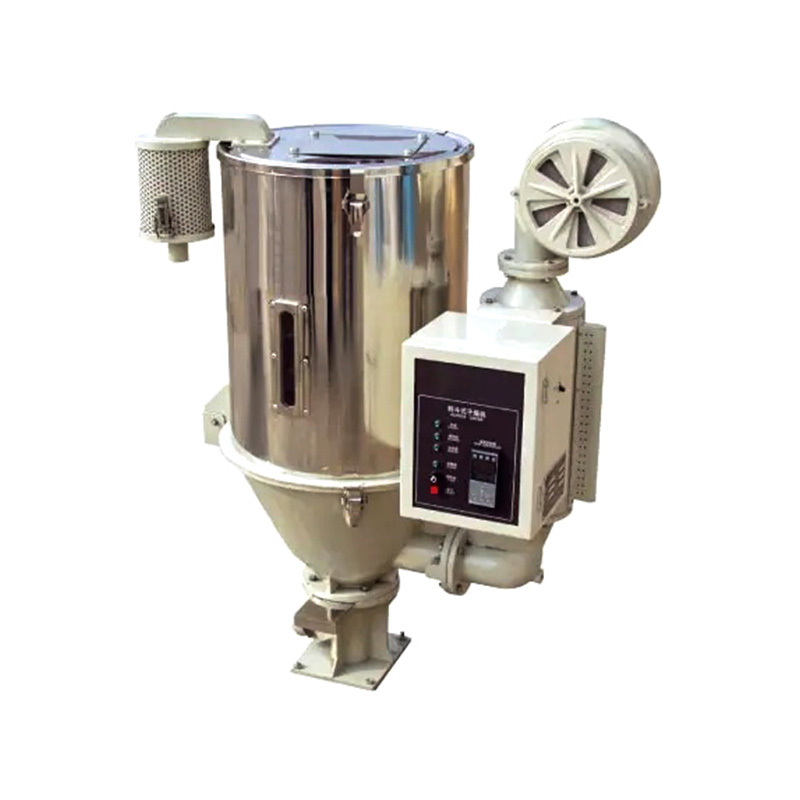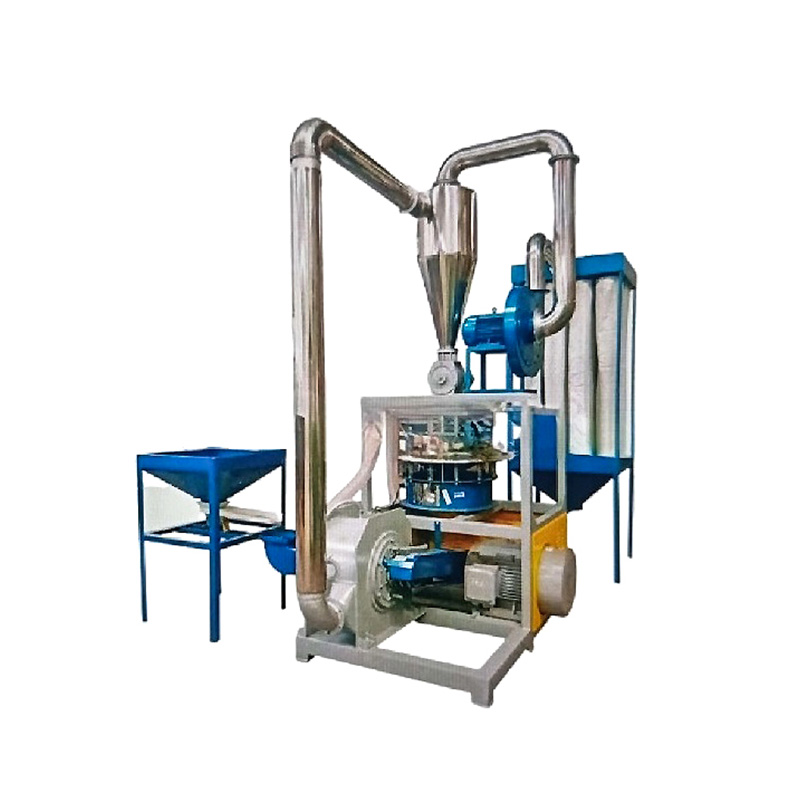The quest for higher productivity, better product quality, and reduced operational costs is constant in polymer processing and extrusion. Among the key technological advancements enabling these gains, the conical screw barrel design stands out. But what specific engineering principles make it inherently more efficient than traditional parallel designs? Let's examine the mechanics.
The Core Challenge: Efficiency Bottlenecks
Processing efficiency hinges on several factors:
- Effective Melting: Rapid and uniform melting of raw material.
- Optimal Mixing: Homogeneous distribution of additives, colors, and melt.
- Stable Pressure Build-Up: Consistent pressure generation for shaping the melt.
- Gentle Material Handling: Minimizing degradation from excessive shear or heat.
- Predictable Output: Consistent throughput with minimal surging.
Parallel screw designs, while effective, can face limitations in optimally managing these factors simultaneously, particularly when handling challenging materials or demanding applications.
The Conical Screw Barrel Advantage: Engineering the Difference
The conical design addresses these challenges through distinct geometric and functional advantages:
-
Gradual Volume Reduction & Progressive Compression:
- Unlike parallel screws with a constant root diameter, conical screws feature a progressively decreasing root diameter from the feed zone towards the discharge end within a barrel that tapers correspondingly.
- Efficiency Impact: This creates a natural, continuous compression zone along the entire screw length. Material experiences a steadily increasing compression ratio as it moves forward. This promotes:
- Faster & More Uniform Melting: The increasing pressure enhances heat transfer through conductive heating against the barrel wall and dissipative heating from controlled shear. Solids are compacted efficiently, eliminating unmelted particles sooner.
- Optimized Energy Transfer: Mechanical energy input from the screw rotation is converted more effectively into thermal energy for melting due to the controlled, sustained compression.
-
Enhanced Solid Conveying & Feed Stability:
- The larger diameter at the feed zone provides a greater surface area for material intake.
- Efficiency Impact: This improves initial material grip and conveying efficiency, particularly beneficial for low-bulk-density pellets, powders, or regrind. Stable feeding is the foundation for consistent output and process stability downstream.
-
Improved Melt Conveying & Pressure Generation:
- The converging geometry naturally builds pressure as the material moves towards the smaller discharge end.
- Efficiency Impact: This results in more stable and predictable pressure development at the die head compared to parallel screws, which often rely on restrictive elements. Reduced pressure fluctuations translate directly to higher dimensional stability and quality in the final product, minimizing scrap and rejects. The design inherently supports consistent volumetric displacement.
-
Controlled Shear & Mixing:
- While the compression increases, the decreasing screw channel depth towards the discharge inherently limits the maximum shear stress the melt experiences.
- Efficiency Impact: This allows for effective distributive and dispersive mixing within the compression zone without subjecting sensitive polymers to destructive shear rates that cause degradation. Less degradation means higher quality output and fewer process interruptions for cleaning degraded material. Controlled shear also contributes to lower melt temperature peaks.
-
Reduced Energy Intensity:
- The combination of efficient solids conveying, optimized melting via compression rather than pure shear, and stable pressure build-up often leads to lower specific energy consumption (energy per kg of processed material).
- Efficiency Impact: Lower energy consumption directly reduces operational costs and contributes to a smaller environmental footprint.
-
Shorter Residence Time Distribution (RTD):
- The continuous compression and optimized flow path typically lead to a narrower RTD.
- Efficiency Impact: This minimizes the time material spends at elevated temperatures, further reducing the risk of thermal degradation for heat-sensitive polymers and improving color consistency during transitions.
The conical screw barrel's efficiency gains are not accidental but stem from fundamental engineering principles. By leveraging a tapered geometry to create progressive volume reduction and inherent compression, it delivers superior solids conveying, faster and more uniform melting, stable pressure generation, gentle yet effective mixing, and lower energy consumption. This translates directly into tangible benefits for processors: higher throughput, improved product quality and consistency, reduced scrap rates, lower energy bills, and enhanced processing stability for a wider range of materials.



 عربى
عربى
